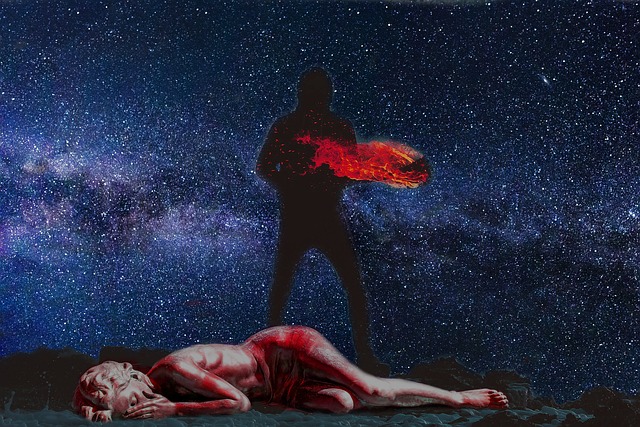
Contents
and Health
Ultraviolet (UV) radiation is a type of electromagnetic radiation. It is produced naturally by the sun, but can also occur artificially from certain human-made sources such as tanning beds and welding torches. Exposure to UV radiation is known to increase the risk of skin cancer, suppress the immune system, and cause other health issues. Understanding the dangers of UV radiation and taking measures to protect oneself is critical for maintaining good health and reducing risks.
What Is UV Radiation?
UV radiation is a type of electromagnetic radiation that falls between visible light and X-rays on the electromagnetic spectrum. It is comprised of three radiation bands, UVA, UVB, and UVC. UVA and UVB are the most common types, while UVC is rarely found in nature and never found in outdoor sunlight.
The Sources of UV Radiation
Natural – The vast majority of UV radiation comes from the sun. Even on days when the sun isn’t visible, it is still possible to be exposed, as it can travel through clouds, haze and smoke. Over 90% of the UV radiation that reaches the Earth’s surface comes from the sun.
Artificial – Some sources of artificial UV radiation include tanning beds, welding torches and the mercury or sodium vapour lamps used in industrial and commercial settings. Additionally, some lasers and other medical devices also emit UV wavelengths.
The Health Risks of UV Radiation
Exposure to UV radiation has been linked to an increased risk of skin cancer, suppression of the immune system, sunburn, premature aging and other eye health issues. UV radiation can also interfere with the body’s ability to produce vitamin D. Therefore, prolonged sun exposure without adequate protection can have damaging consequences for one’s health.
Protecting Yourself From UV Radiation
The best way to protect yourself from the harmful effects of UV radiation is sun-safety and sun-protection. This encompasses a broad range of measures that can reduce UV exposure and reduce the risk of skin cancer and other health issues. Some specific measures include avoiding overexposure to direct sunlight, wearing protective clothing, applying sunscreen generously and regularly and avoiding the use of tanning beds.
Conclusion
UV radiation is a type of electromagnetic radiation which can have damaging effects on human health, including an increased risk of skin cancer, immune suppression and other physical ailments. Knowing the dangers of UV radiation and taking measures to protect oneself is essential to maintaining good health and reducing risks. This can be achieved through sun-safety and sun-protection by avoiding overexposure, wearing protective clothing, applying sunscreen and avoiding tanning beds.
